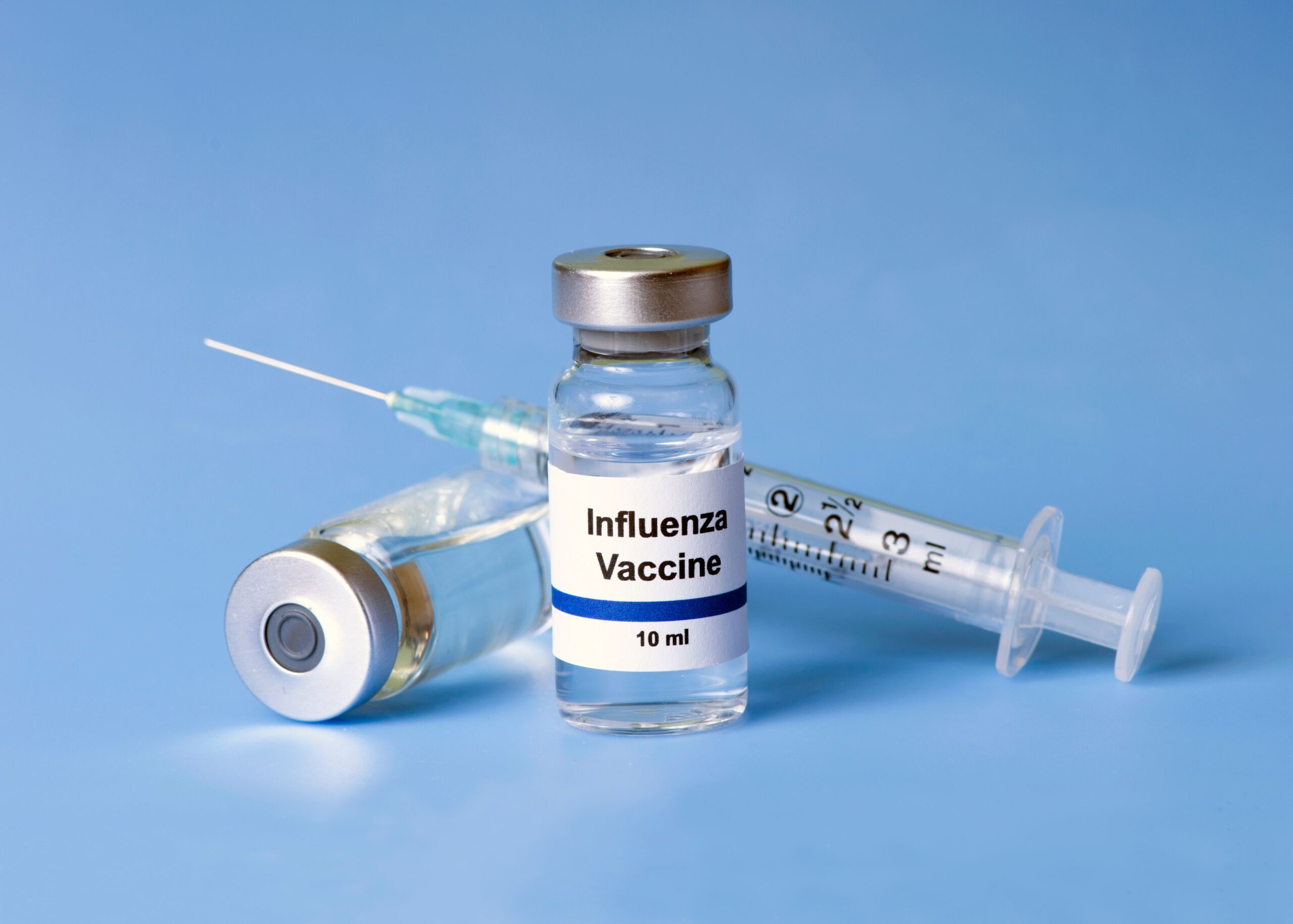AAP recommends all healthy children 6 months, older receive influenza vaccine | Image Credit: © Sherry Young – © Sherry Young
– stock.adobe.com.
The American Academy of Pediatrics (AAP), an organization made up of more than 67,000 pediatricians, pediatric medical sub-specialists, and surgical specialists, has released its influenza vaccine recommendations for the 2025-2026 season.1
According to a press release from the long-standing pediatric heath organization, the AAP recommends that all healthy people aged 6 months and older are vaccinated against influenza. Both a policy statement and accompanying technical report have been published online in Pediatrics, with final versions pending for the October 2025 issue of Pediatrics.
The AAP stated its statements and technical reports are written by medical experts, reflect the latest evidence in the field, and go through “several” rounds of peer review before approval from the AAP Board of Directors and publication in Pediatrics.
Ahead of the 2025-2026 influenza season, the AAP recommends the following, copied from the AAP website:
- Any vaccine that is licensed and appropriate for age and health status can be administered as soon as possible in the influenza season without preference for one product or formulation. Options include inactivated influenza vaccine (IIV) or recombinant influenza vaccine (RIV), and live attenuated influenza vaccine (LAIV).
- For those aged 6 months to 8 years, the individual should receive 2 doses if it is the firs time they are being vaccinated against influenza, or if they have only received 1 dose of flu vaccine, ever, before July 1. These doses are given 4 weeks apart.
- The vaccine should be offered to children as soon as it becomes available, particularly for individuals who require 2 doses. Ideally, recommended dosing should be received by the end of October for optimal protection prior to influenza season.
- Vaccination should not be delayed to receive a specific product, including a thimerosal-free product. Recently, the US Health and Human Services Department adopted recommendations made by the CDC’s Advisory Committee on Immunization Practices (ACIP) to remove thimerosal from all influenza vaccines distributed throughout the United States.2 The AAP noted safety of thimerosal-containing vaccines is highlighted in its full technical report.1
- Vaccination for influenza is also recommended by the AAP for all pregnant individuals, during any trimester of gestation. The AAP stated the vaccine, when given during pregnancy, protects the newborn in the first months of life, up to 6 months, through transplacental passage of antibodies.
- Lastly, the AAP recommends that LAIV should not be used for immunocompromised individuals with certain chronic medical conditions.
Of the 253 influenza-related pediatric deaths through June 21, 2025, 42.7% occurred in children without a high-risk medical condition.
As the school year gets closer and schedules begin to change, vaccination plays a pivotal role in keeping children safe, as echoed by several pediatric health care providers.
“Children are more likely to get sick during the school year because they are in such close proximity to each other in class, over lunch and in play areas,” said Kristina Bryant, MD, FAAP, a member of the AAP Committee on Infectious Diseases, in a statement. “Getting children vaccinated is like giving their immune system a book that teaches their bodies to recognize and resist a disease. Immunized kids are healthier kids who can focus on growing, playing, and learning.”
In an interview with Contemporary Pediatrics, Lori Handy, MD, MSCE, associate director of the Vaccine Education Center and attending physician in the Division of Infectious Diseases at Children’s Hospital of Philadelphia, echoed the importance of vaccination as the school year approaches, with now serving as a good opportunity to get vaccines scheduled.3
“Parents may not realize they missed that 4-year-old visit. Maybe they have 3 or 4 kids, and it is hard to keep track of all the well care their children need,” Handy said. “So, it is a great time to pause and make sure children are protected and ready to enter a crowded setting where they can learn and not contract a new infection.”
The AAP noted flu symptoms include fever, chills; headache, body aches, fatigue; sore throat; dry, hacking cough; stuffy, runny nose; vomit; and loose stools.
““Each year, it is possible that flu, COVID-19, and other common viruses will spread at the same time,” added Bryant. “Sometimes, the vaccine is not an exact match with the strains in the community. But the vaccine still can protect against serious illness.”
References:
- American Academy of Pediatrics releases influenza vaccine recommendations for 2025-26 season. American Academy of Pediatrics. July 28, 2025. Accessed July 28, 2025. https://www.aap.org/en/news-room/news-releases/aap/2025/american-academy-of-pediatrics-releases-influenza-vaccine-recommendations-for-2025-26-season/
- Fitch J. HHS to remove thimerosal from all influenza vaccines in the US. Contemporary Pediatrics. July 24, 2025. Accessed July 28, 2025. https://www.contemporarypediatrics.com/view/hhs-to-remove-thimerosal-from-all-influenza-vaccines-in-the-us
- Fitch J. Lori Handy, MD on importance of vaccine catch-up before the school year. Contemporary Pediatrics. July 17, 2025. Accessed July 28, 2025. https://www.contemporarypediatrics.com/view/lori-handy-md-importance-vaccine-catch-up-before-school-year
